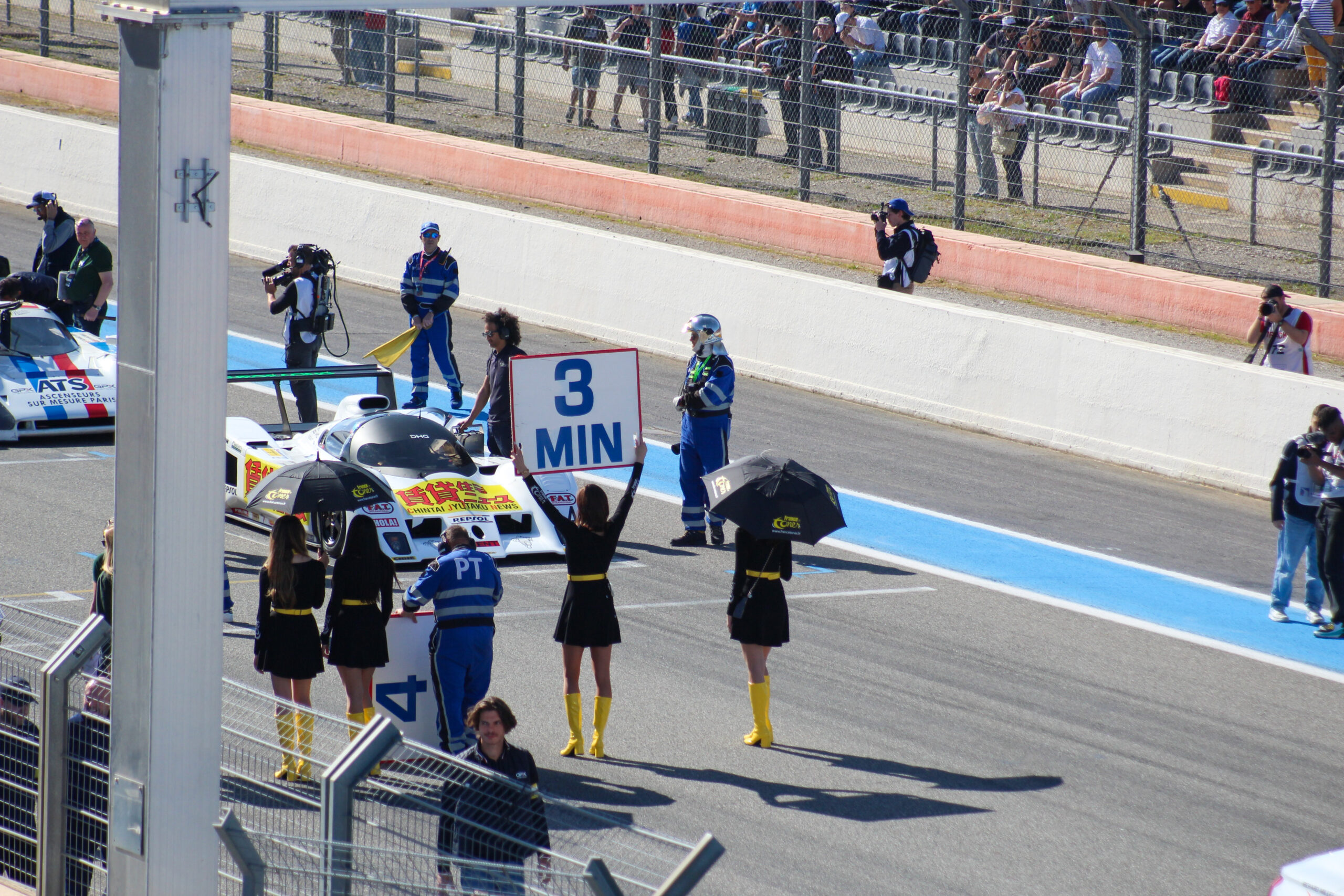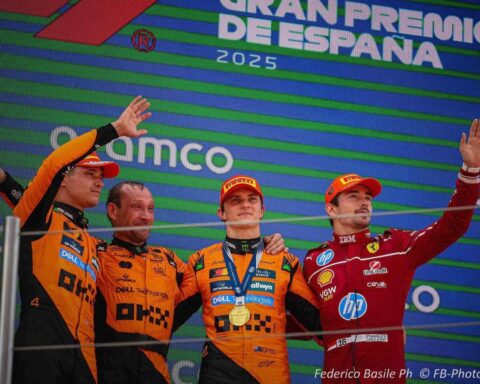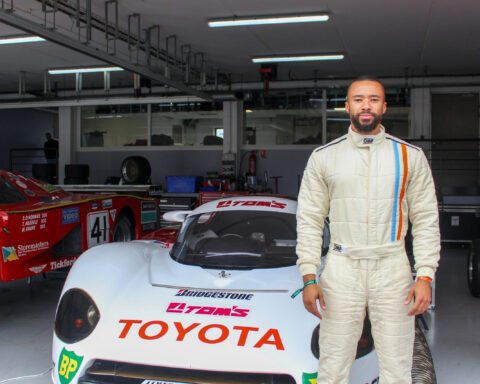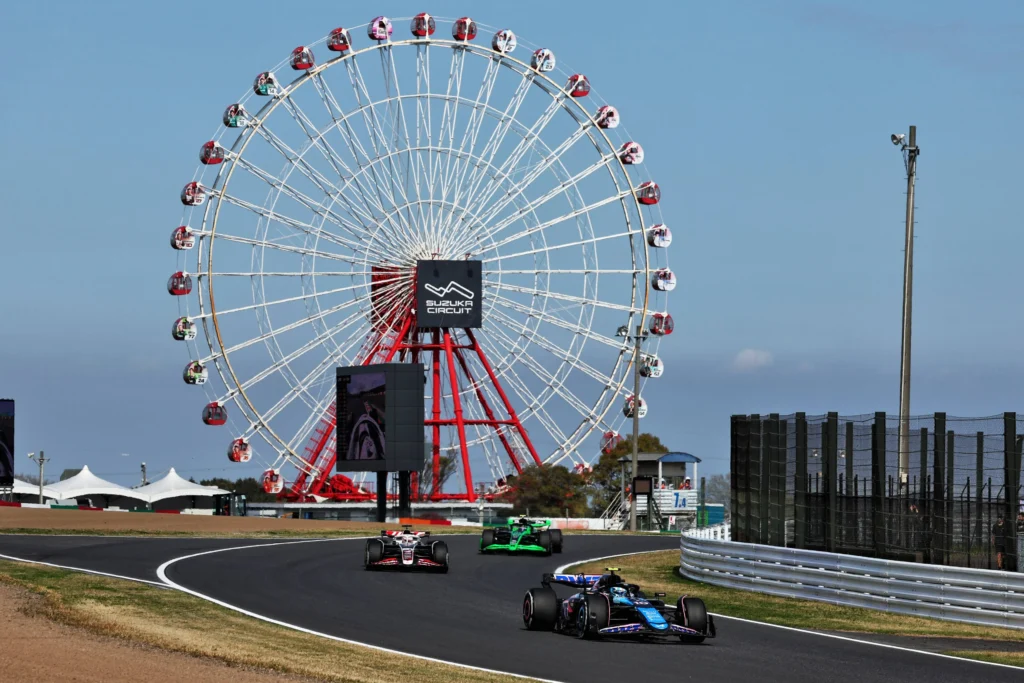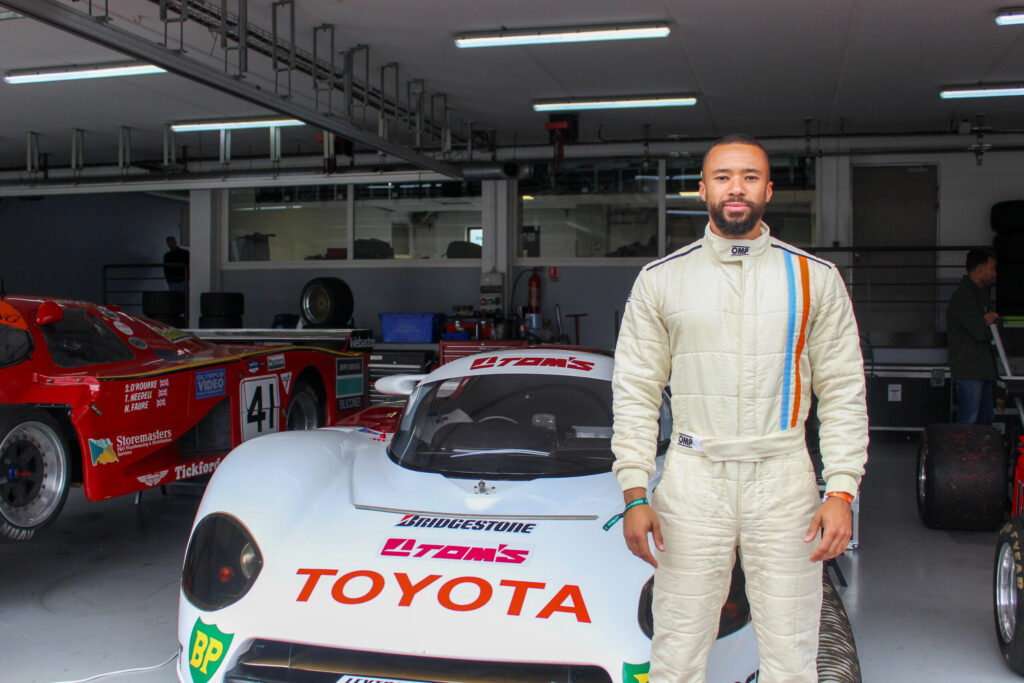Attending the Grand Prix de France Historique 2025 at Circuit Paul Ricard was like stepping into a living museum of motorsport. From the rumble of classic engines to the scent of hot tires and nostalgia in the air, the weekend unfolded as a heartfelt celebration of racing’s golden past. Under brilliant sunshine, and later stormy skies, the event brought together iconic machines, legendary drivers, and an enthusiastic crowd of all ages—united by the passion for speed and history.
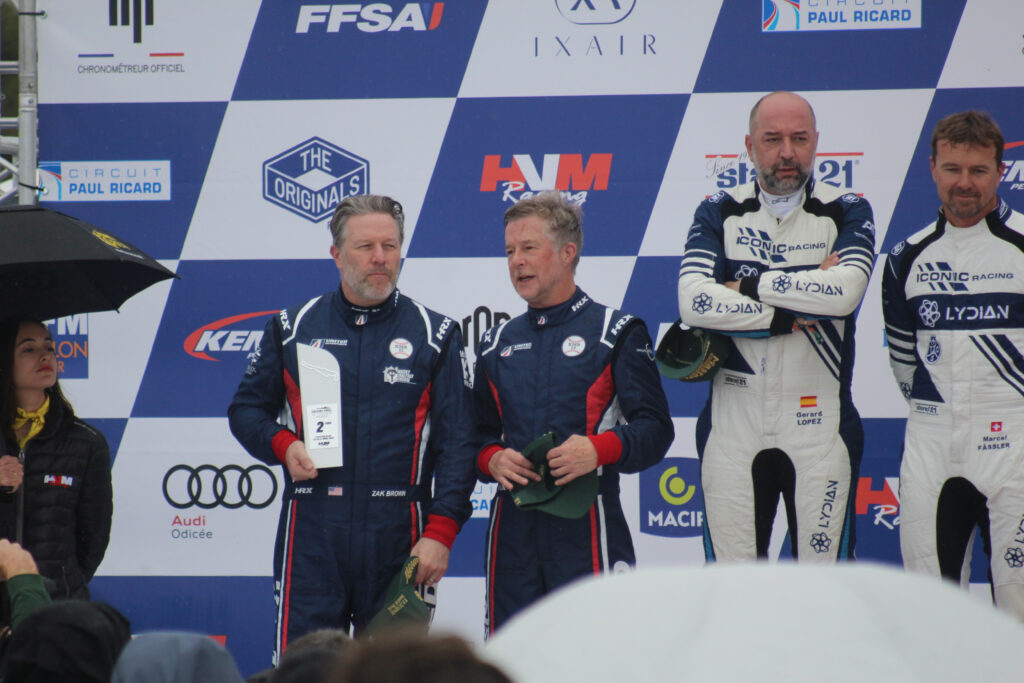
A Rolling Museum: Renault’s Tribute to Turbo Glory
The weekend began under flawless blue skies. While Friday lacked official races, it served as a tantalizing warm-up. Fans wandered through open paddocks and exhibitions, but the real jewel was “The Originals Renault” showcase. The tent, transformed into a temple of speed, displayed milestones from Renault’s F1 journey—from the Alpine A500 to the R26 that clinched Fernando Alonso’s title in 2006. The RS10, RE40, FW14B, and Benetton B195 stood proudly beside the eccentric Espace F1 minivan fitted with a thunderous V10 engine.
Nearby, a row of RE30s, RE50s, and RE60s stirred memories of René Arnoux, Alain Prost, and Patrick Tambay. Original race suits and helmets completed the tableau—a moving tribute to Renault’s bold spirit and deep roots in Formula 1.

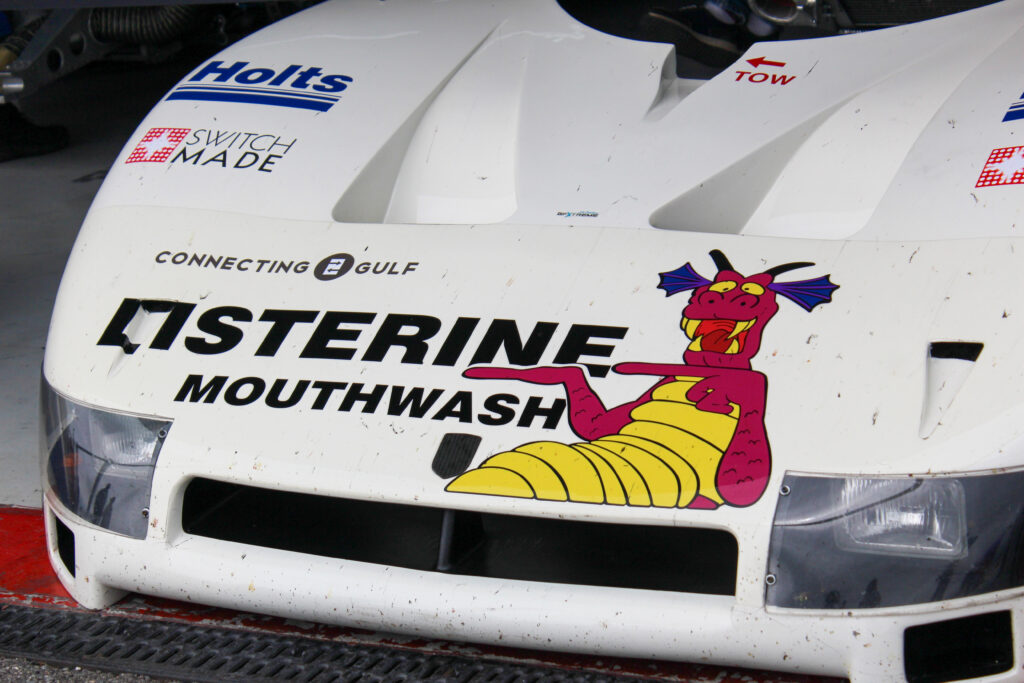
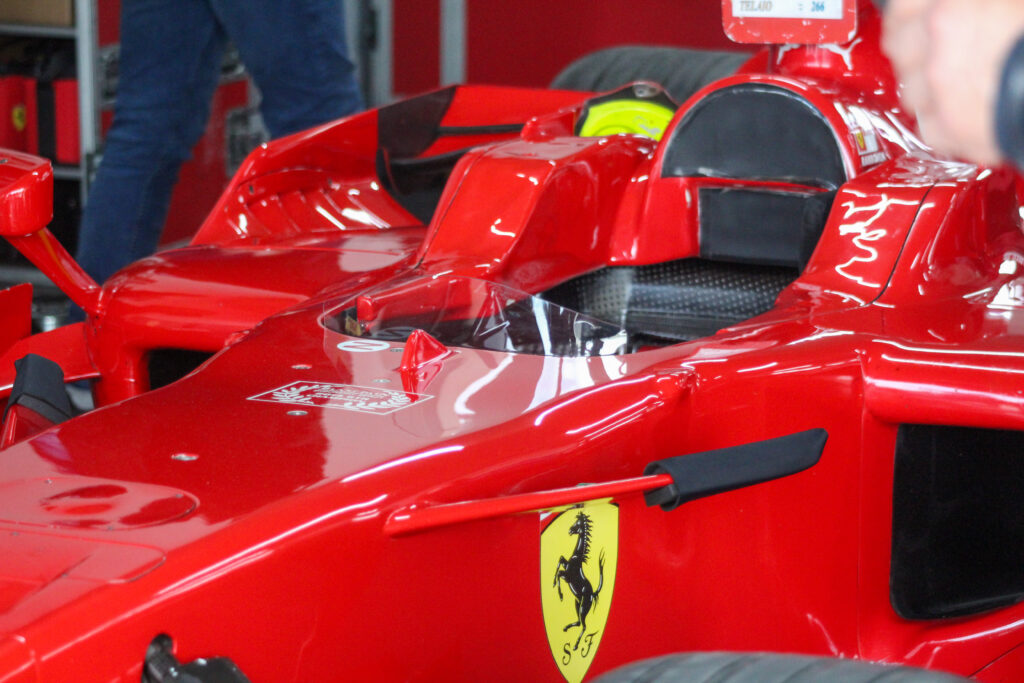

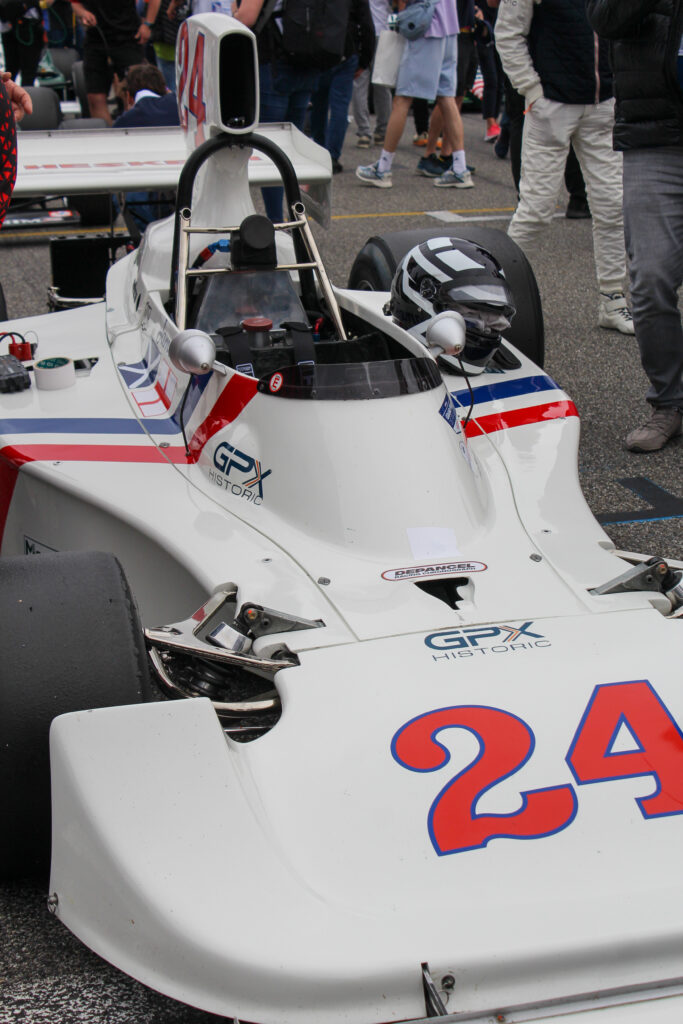
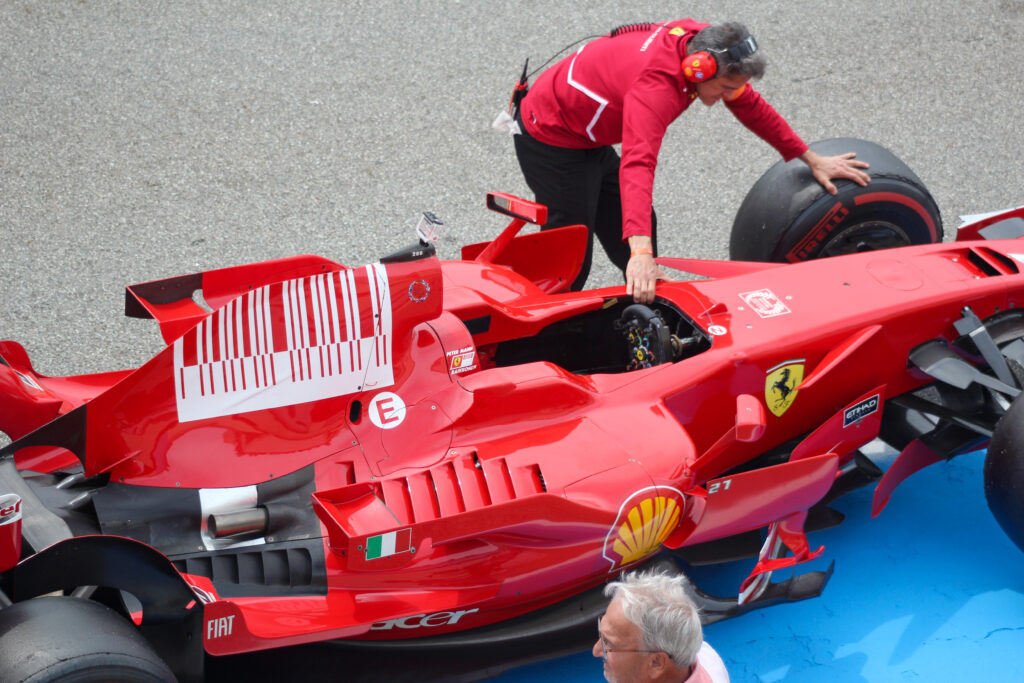

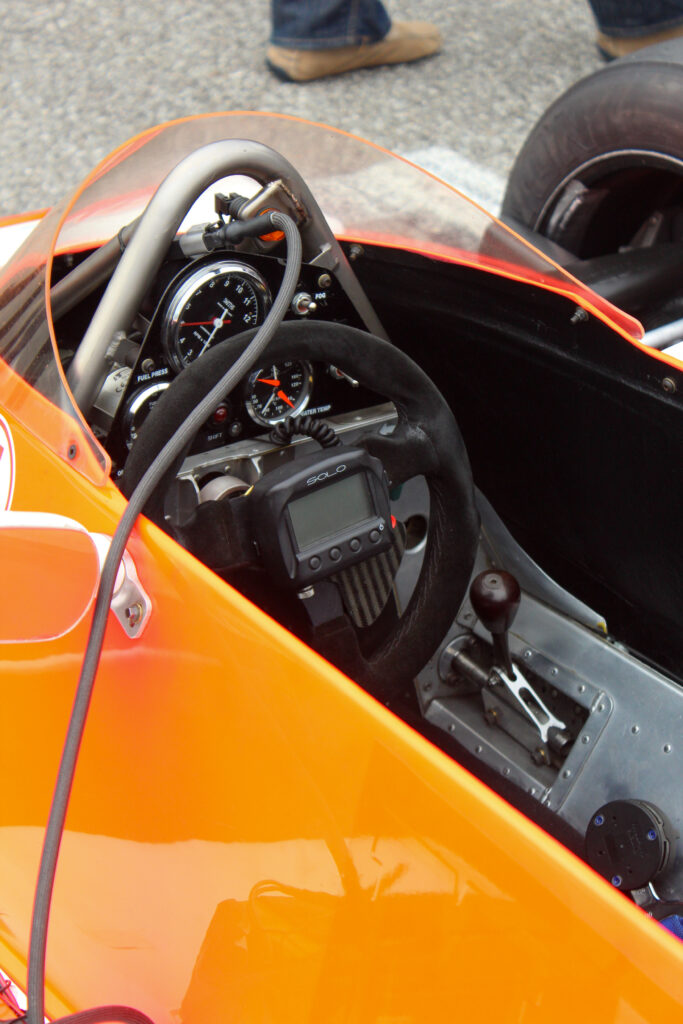
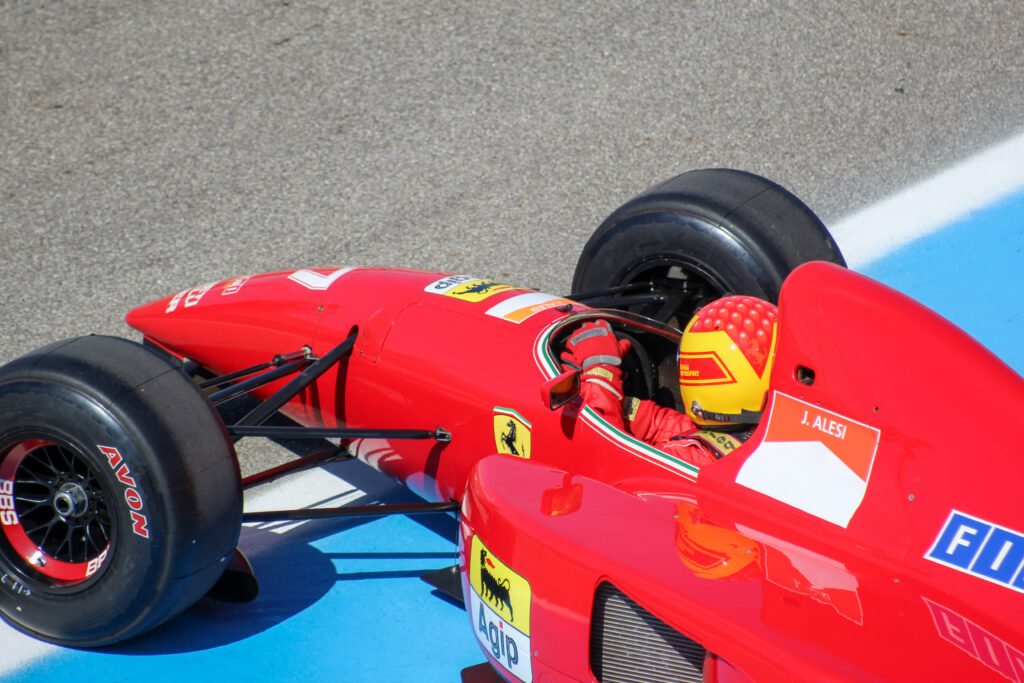
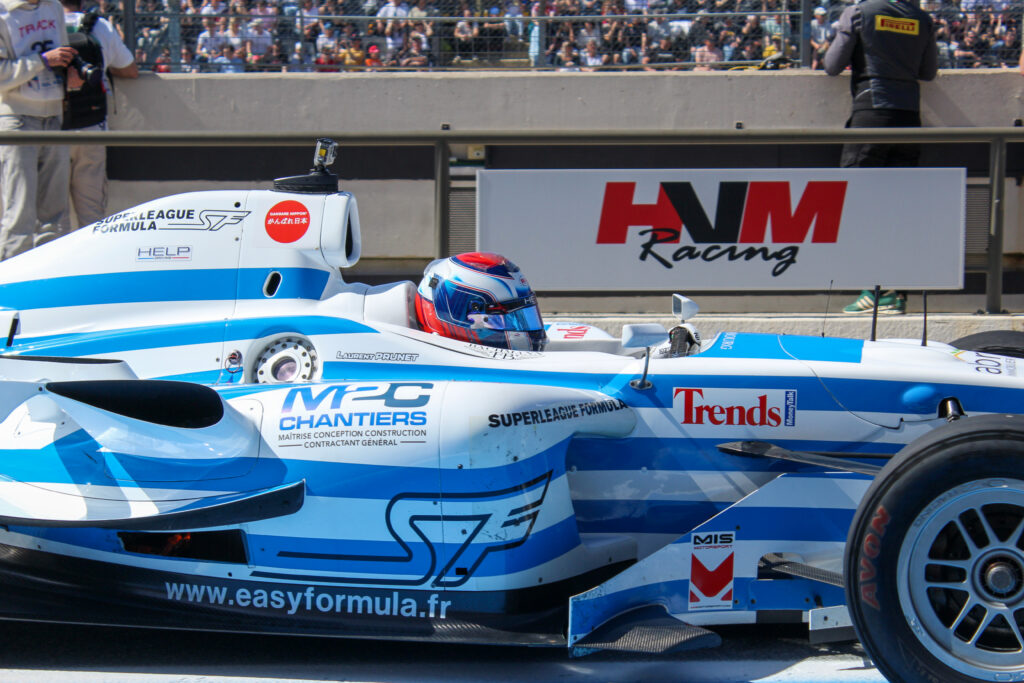

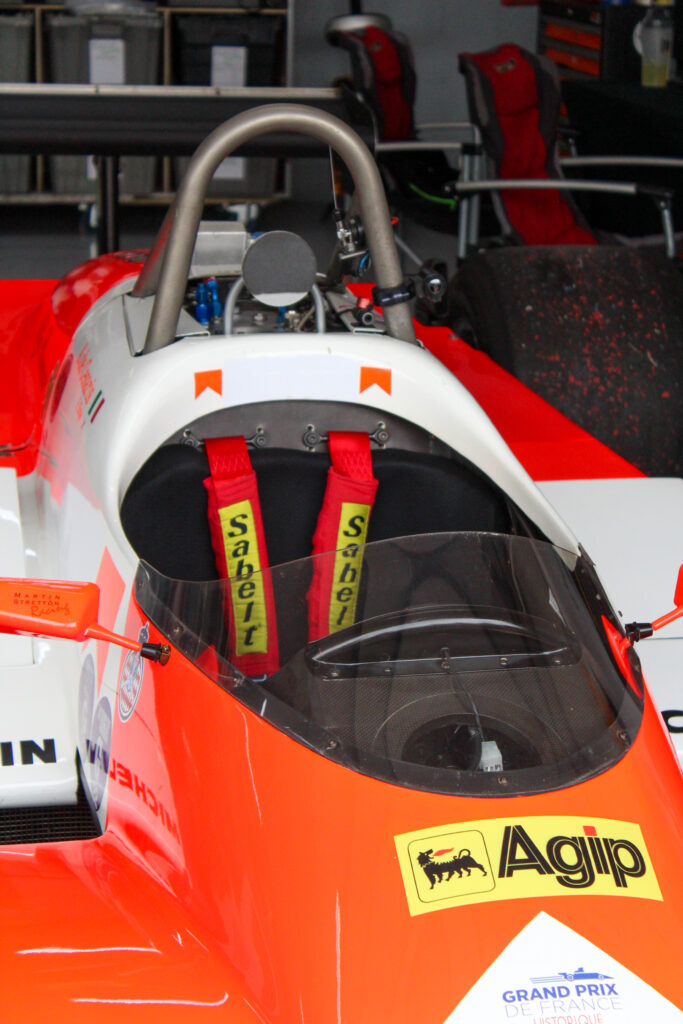
Legends Return to the Wheel
By Saturday, the crowds swelled to tens of thousands. Fans waited hours just to step onto the grounds. And the effort was worth it. The “Fast & Famous” parade that afternoon felt like a dream brought to life: René Arnoux revving the RE40, Alain Prost serenely steering a McLaren MP4/3, and Jacques Villeneuve taking his father’s Ferrari 312 T5 for an emotional spin.
Victor Jabouille (son of Jean-Pierre) carried his family’s legacy forward in the RS10. Adrien Tambay drove the McLaren M28 in a gesture to his late father, Patrick. And then came Charles Leclerc, making a rare appearance at a historic event, gracefully piloting the stunning Ferrari 330 P4. “It’s emotional to drive a Grand Prix car here in France,” he said. “It’s good to be back.”
The presence of modern F1 personalities was more than symbolic. Zak Brown, McLaren Racing CEO, competed behind the wheel of a Jaguar from the Group C era, demonstrating the same bold energy that has turned McLaren’s recent F1 fortunes around.

Racing Through Time
Racing purists were spoiled throughout the weekend. The Classic F3 grid opened the track action with growling pre-1985 single-seaters. The Group C field followed—15 beasts, including Porsche 962s, Jaguars, and Lancias, thundering past grandstands to enthusiastic applause.
Saturday also featured a high-octane time attack with cars from F1, GP2, and SuperLeague Formula. Though some mechanical gremlins sidelined expected favorites—like the Jaguar V10 of Klaas Zwart—the crowd still witnessed edge-of-limit driving. That evening, the 200 km endurance race capped the day. Amid Vipers, Porsches, and Lucchinis, it was a Triumph Dolomite, running laps well over three minutes, that won the heart of the “burger grandstand” crowd. Victory, after all, isn’t always about speed.
A Wet Farewell and Final Laps
Sunday brought rain—but not despair. Though attendance dropped, spirits did not. The Lurani Trophy for Formula Junior cars proved a highlight: small chassis, bold overtakes, and pure mechanical drama. Group C returned, with Gérard Lopez dominating in his Porsche 962 while Zak Brown and Daniil Kvyat gave spirited chase. Rain-soaked but unyielding, the final time attack was a fitting finale: each car slicing through the gloom as if in salute to the past.
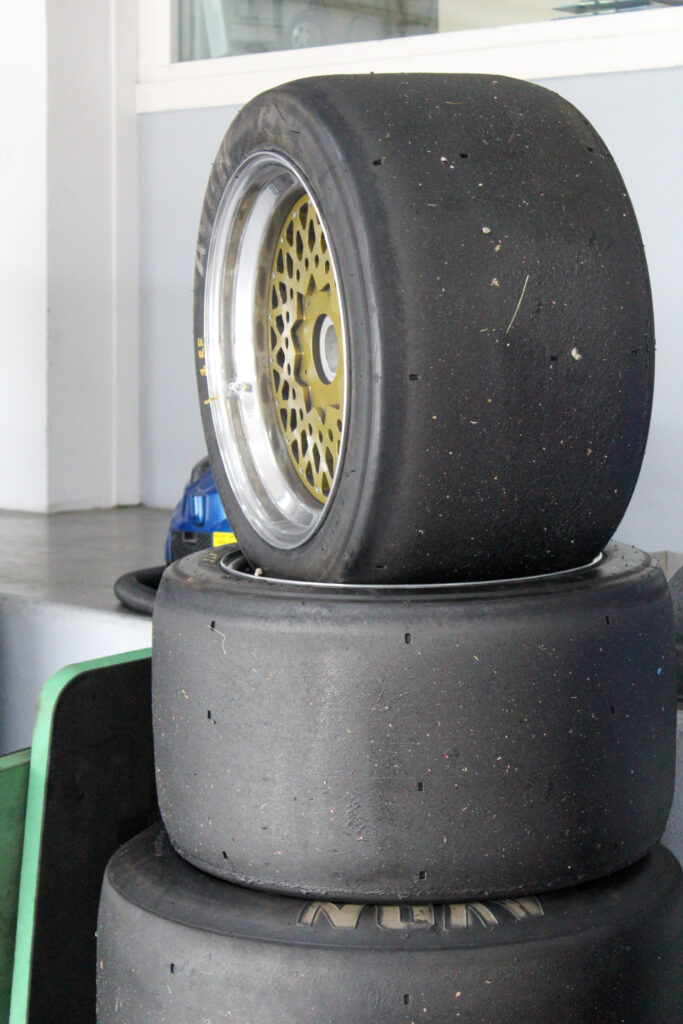
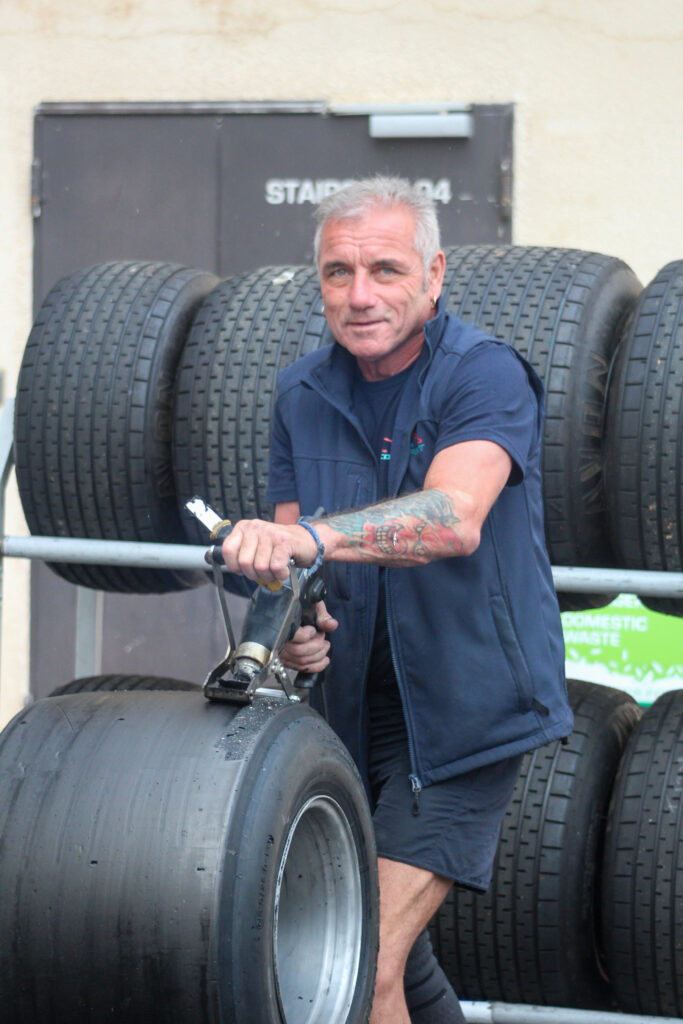
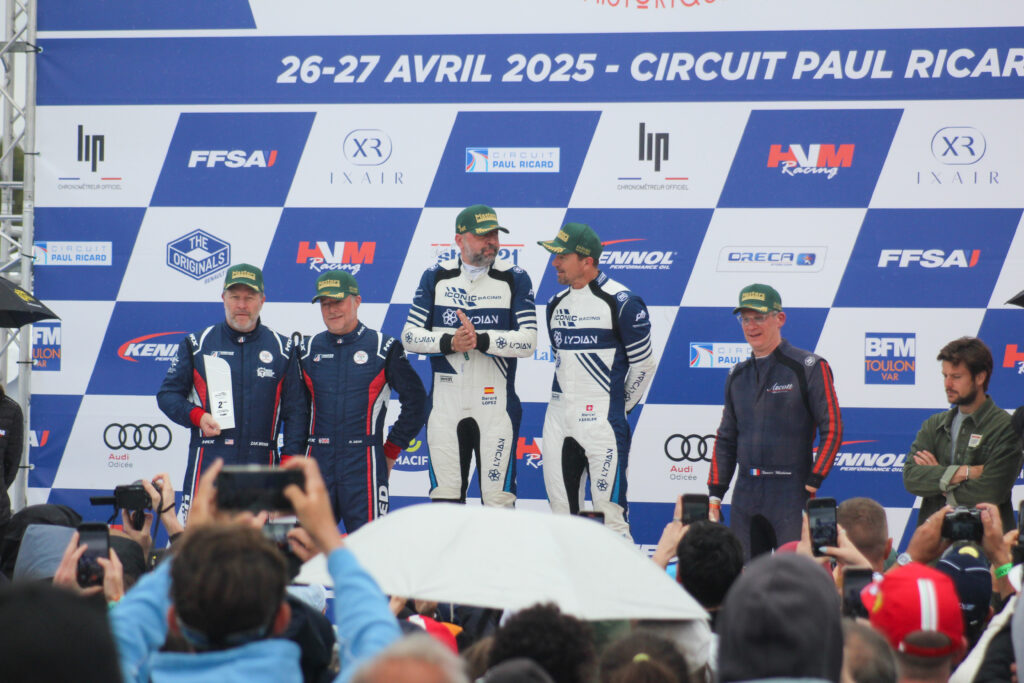
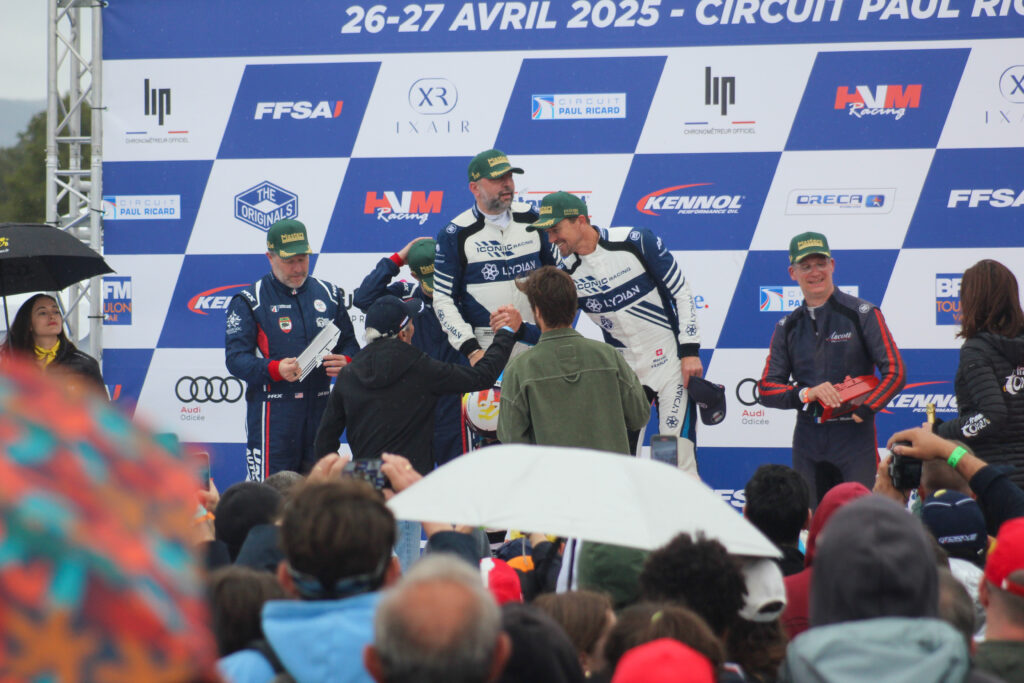
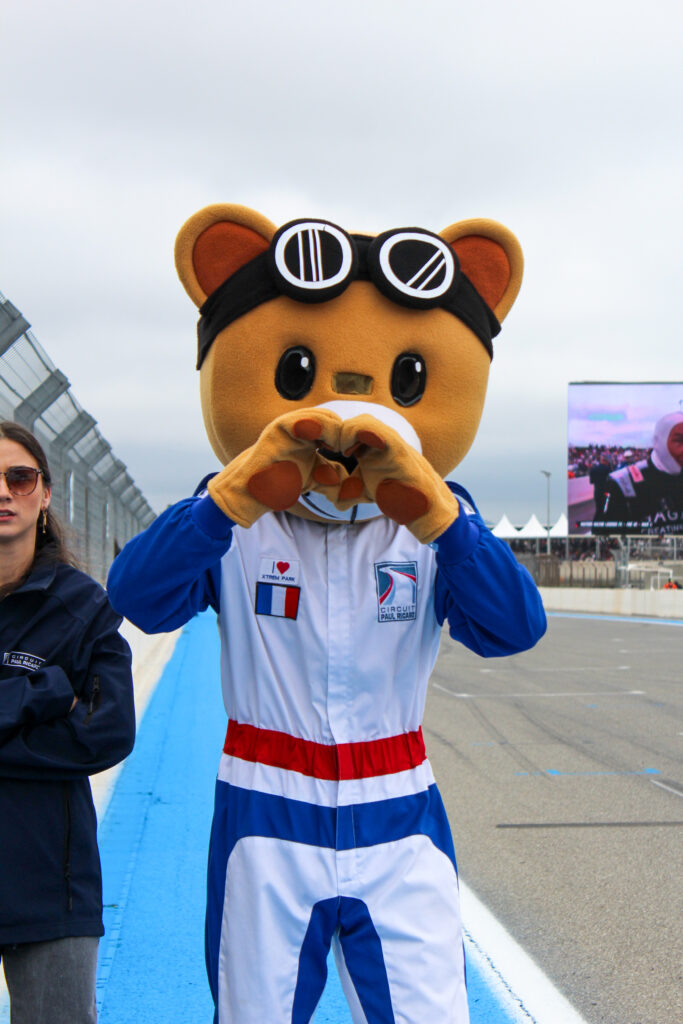
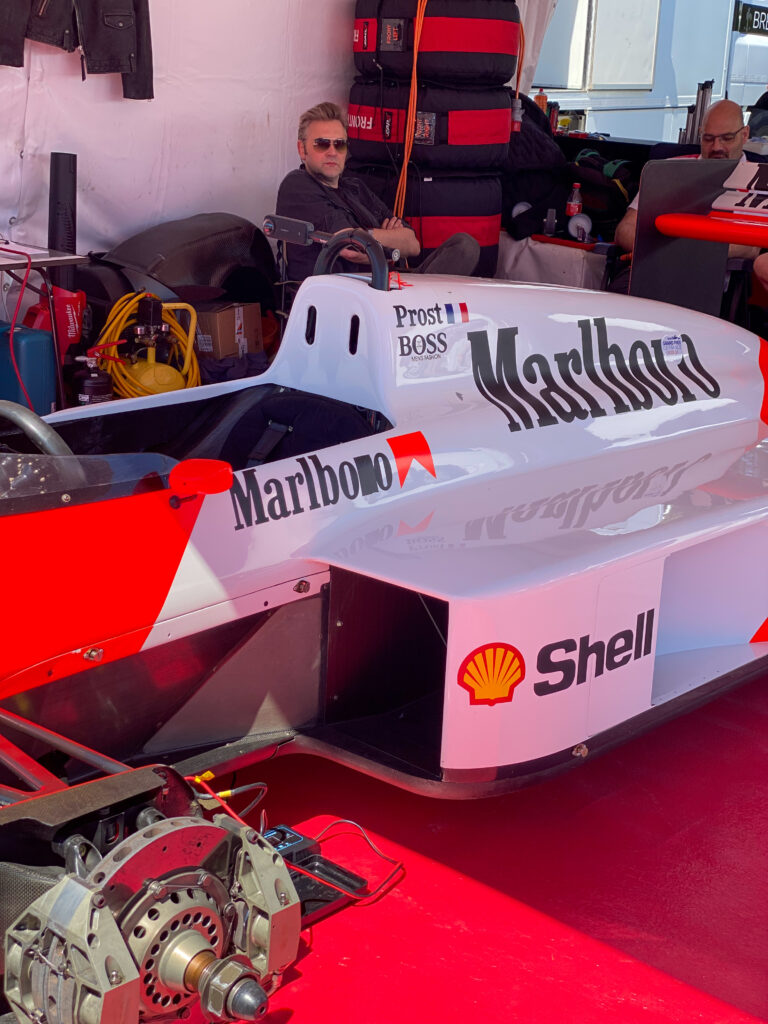

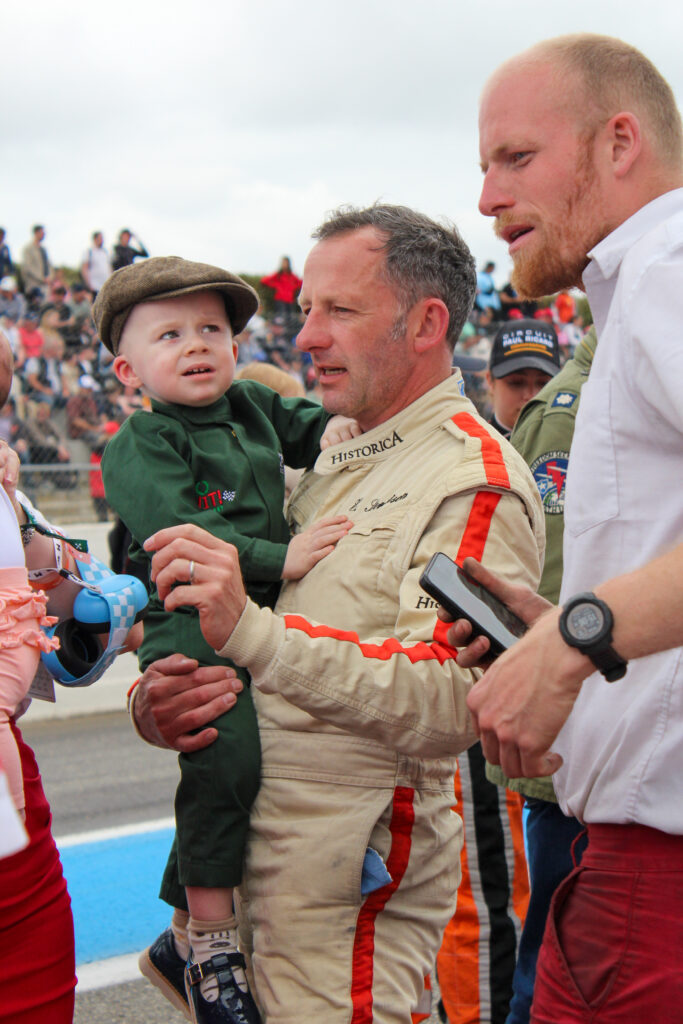
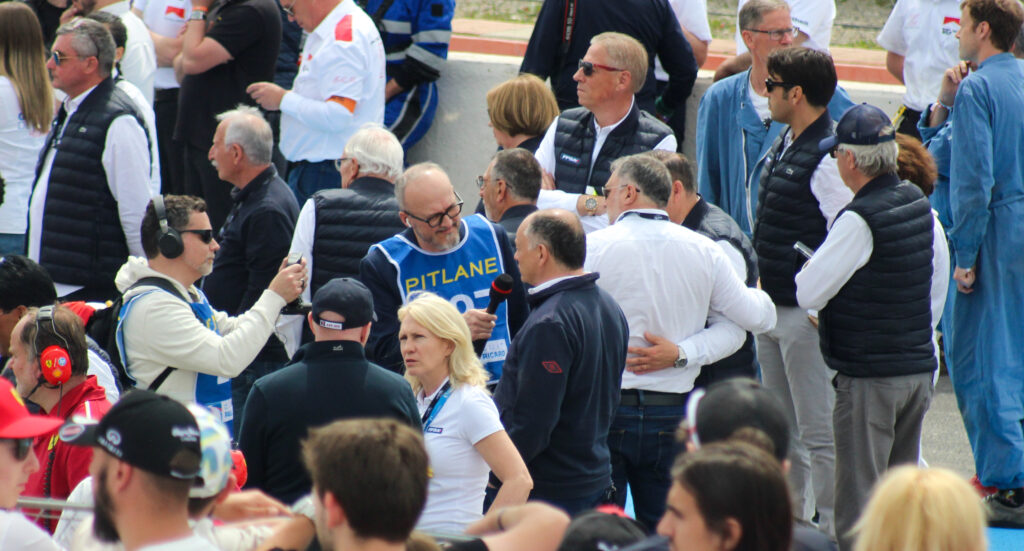

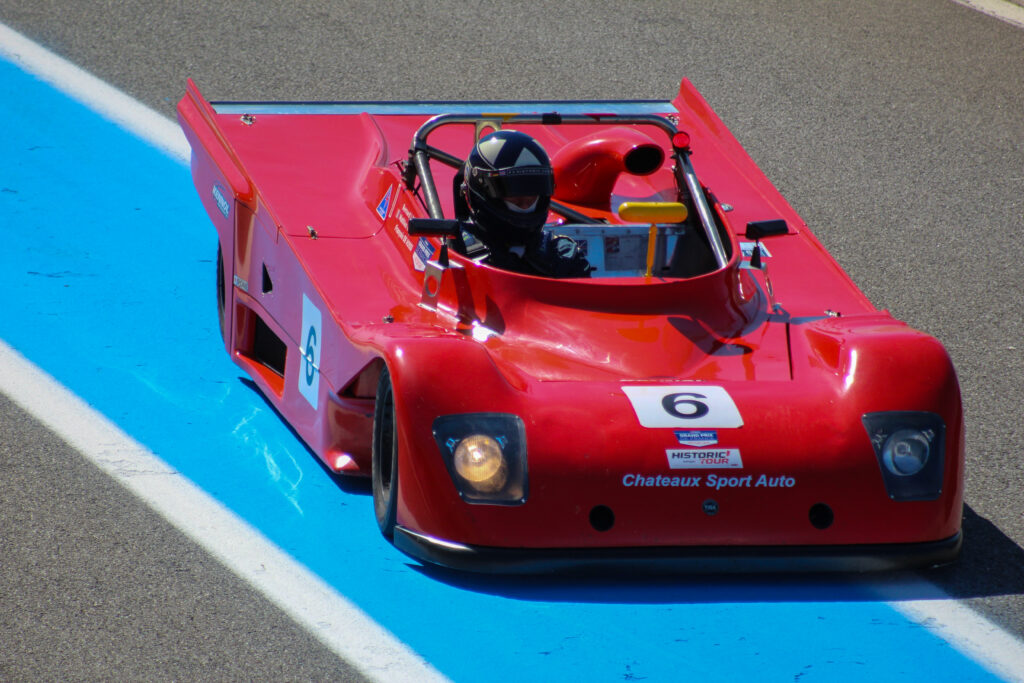

A Celebration of Souls, Not Just Speed
Beyond the cars, what truly defined the weekend were the people: the awe-struck kids trading stickers, the grizzled fans swapping 1980s memories, the conversations over burgers and beer. The Grand Prix de France Historique 2025 wasn’t just a spectacle—it was a sacred rite of memory, machine, and community.
Whether beneath clear skies or falling rain, Paul Ricard became more than a circuit. It became a time machine. And now, with 2027 on the horizon, one thing is certain: history still races.
